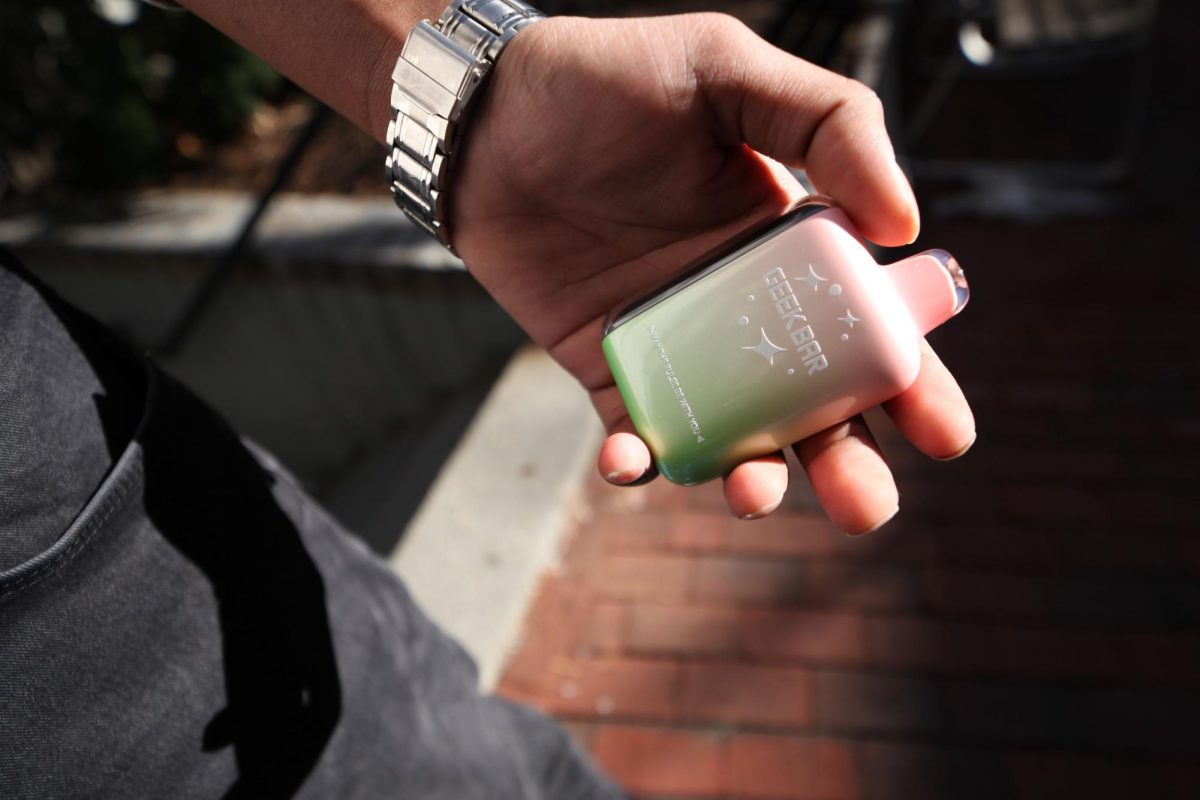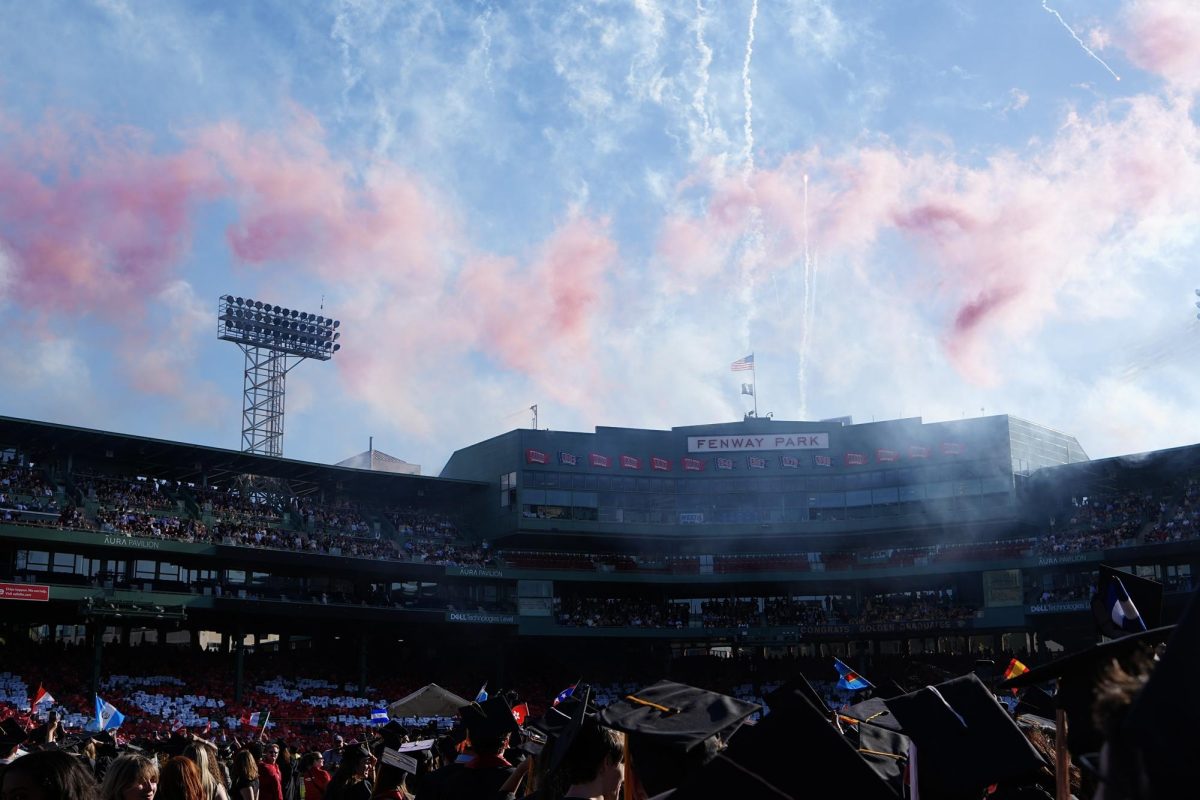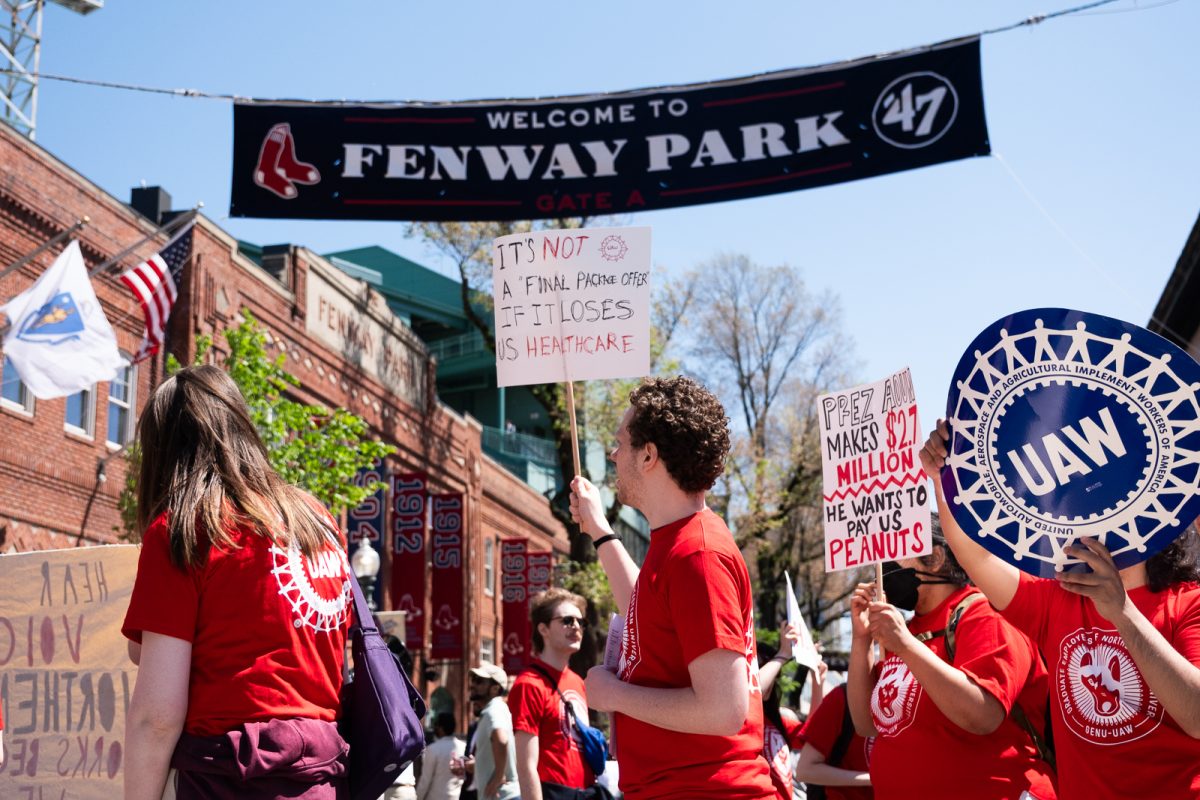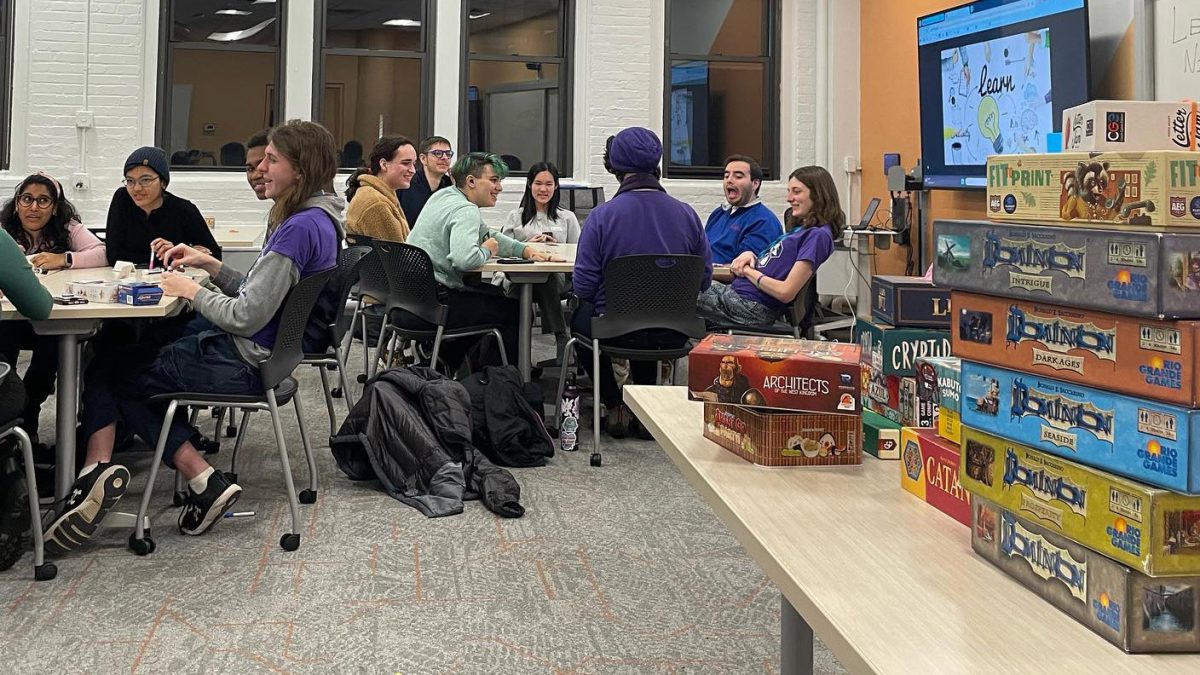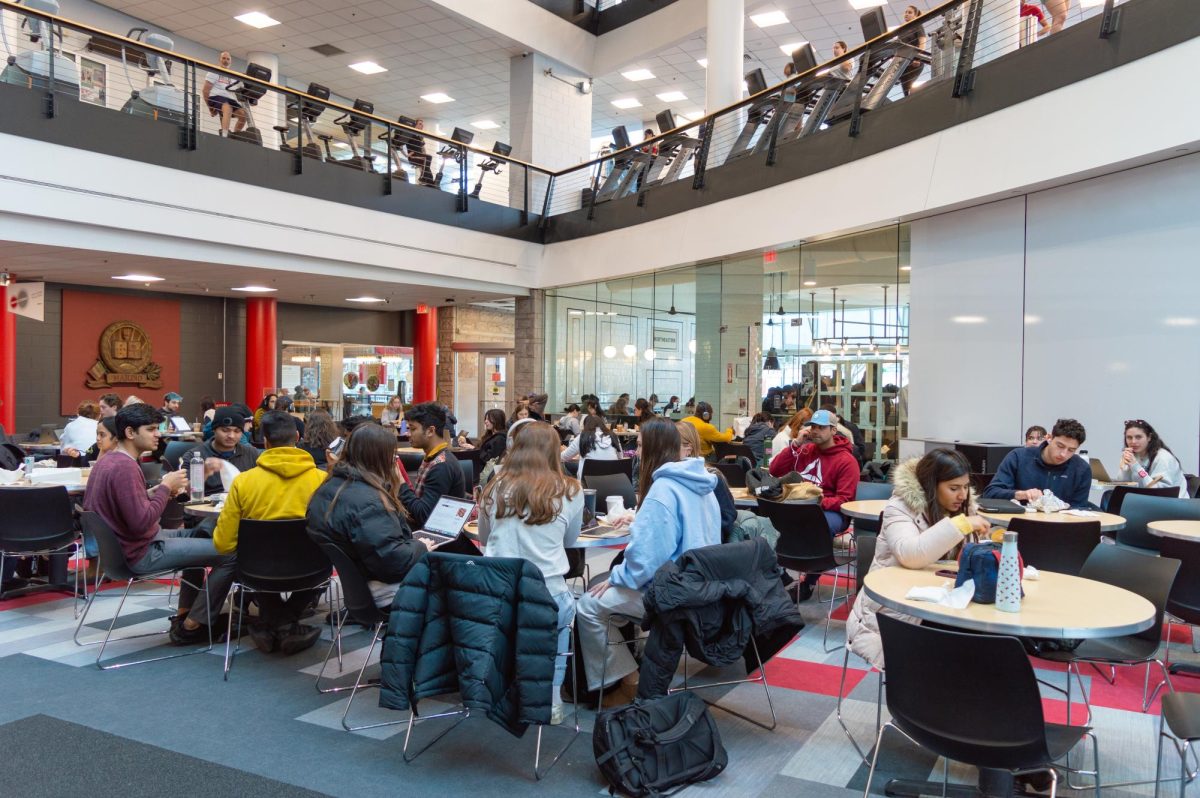By Eric Allen
Some people do it during breakfast, some people do it between meals and some people even do it after dinner. Eating a banana can happen at any time of day, but a new type of disease that affects the banana plant could put an end to the healthy treat.
In an effort to bring attention to the bananas’ plight, Northeastern University’s Council for University Programs (CUP) is hosting “Bananawareness Week” from Feb. 19 to Feb. 22. The week’s events will feature magician/comedian Michael Kent in afterHOURS Feb. 20 at 8 p.m. and author Dan Koeppel in the Curry Student Center (CSC) indoor quad Feb. 21 at 6:30 p.m.
Chartwells, Northeastern’s food service provider, has agreed to participate in raising awareness by serving banana-themed dishes in the dining halls all week.
Students can throw bananas at their opponents in a Mario Kart tournament, which will be held as part of the week’s events in the CSC indoor quad Feb. 19 at 7 p.m.
CUP President Scott Hultman said he helped coordinate events for the week because of the lack of knowledge about the disease affecting bananas.
“It’s an actual issue,” he said. “There’s scientific backing behind it.”
The science behind the disease affecting bananas is Koeppel’s area of expertise. In his book, “Banana,” he explains the nature of the disease, the effect it will have on the global community and possible solutions to a banana shortage.
Koeppel said the banana we eat in the United States, the Cavendish, is the most commercially available type. Today, the Cavendish is one of the only types of banana available in supermarkets, but this was not always so. Prior to 1960, a banana called the Gros Michel was commercially distributed just like the Cavendish is today, but was eventually phased out by the Cavendish because of its susceptibility to a soil fungus called Panama Disease. The disease almost completely wiped out the Gros Michel worldwide except for some small areas unaffected by the fungus.
Just as the population of Gros Michel bananas was virtually attacked by the Panama Disease, the number of Cavendish banana plants is dwindling because of a new type of the disease.
“The Cavendish was immune until 10 years ago when a new strain [of the Panama Disease] was found in Asia,” Koeppel said.
The new strain affects the Cavendish the same way the original disease affected the Gros Michel and there is currently no known cure.
Many students know nothing about the banana’s possible impending doom, which is why CUP decided to host “Bananawareness Week.”
“Oh my gosh, I didn’t know that,” said junior sociology major Maria Picard upon hearing the news. “It’s sad.”
While banana lovers in the United States and other industrialized countries might miss having a banana for breakfast or as a snack, the Panama Disease can have serious repercussions in societies that depend on the banana nutritionally and economically, Koeppel said.
Each American eats about 25 pounds of bananas a year on average, but a typical worker in Uganda might eat around 1,000 pounds a year, making up almost 80 percent of his diet, Koeppel said. “There is no substitute for bananas,” he said. Koeppel said if the new strain of Panama Disease continues to spread, it could potentially cause starvation, social tensions and even war in some parts of the world.
Though there is no known cure for the Panama Disease, scientists are currently working on ways to produce a new type of banana resistant to the Panama Disease. Genetic engineers are experimenting with hybridization and the insertion of resistant genes. Addressing those who may have qualms about the effects of eating a genetically engineered fruit, Koeppel said to keep an open mind.
“Bananas are sterile. There are no seeds, so they are impossible to breed,” Koeppel said.
Cultivating the Cavendish requires human intervention, so a genetically engineered banana is not so radical.
“Bananawareness Week” will provide more information for those interested in learning more about the new strain of Panama Disease, but it will not provide information on how to help.
“The point of the week isn’t to protect bananas, just to raise awareness,” Hultman said.
Interested students can’t do much to help, Koeppel said.
“There’s not a whole lot that can be done,” he said.
He did, however, suggest asking grocery stores and banana companies to offer more exotic bananas for those who want to take action.
Those interested in Koeppel’s book can buy a copy in the Northeastern Bookstore, and Koeppel will sign copies during Thursday’s event.
Koeppel said we will see the new strain of the Panama Disease affect the Cavendish banana within the next 10 to 20 years and it will no longer be commercially distributed if no cure is discovered.
“I like bananas, so that would be sad,” said Rachel Lukas, a senior behaviorial neuroscience major. “I’d feel bad for all the monkeys.”
The thought of a banana shortage may be troubling to some, considering bananas’ statistical position as America’s favorite fruit, but we may have to say goodbye.
“We’ll have to find something else for our corn flakes,” Koeppel said.


